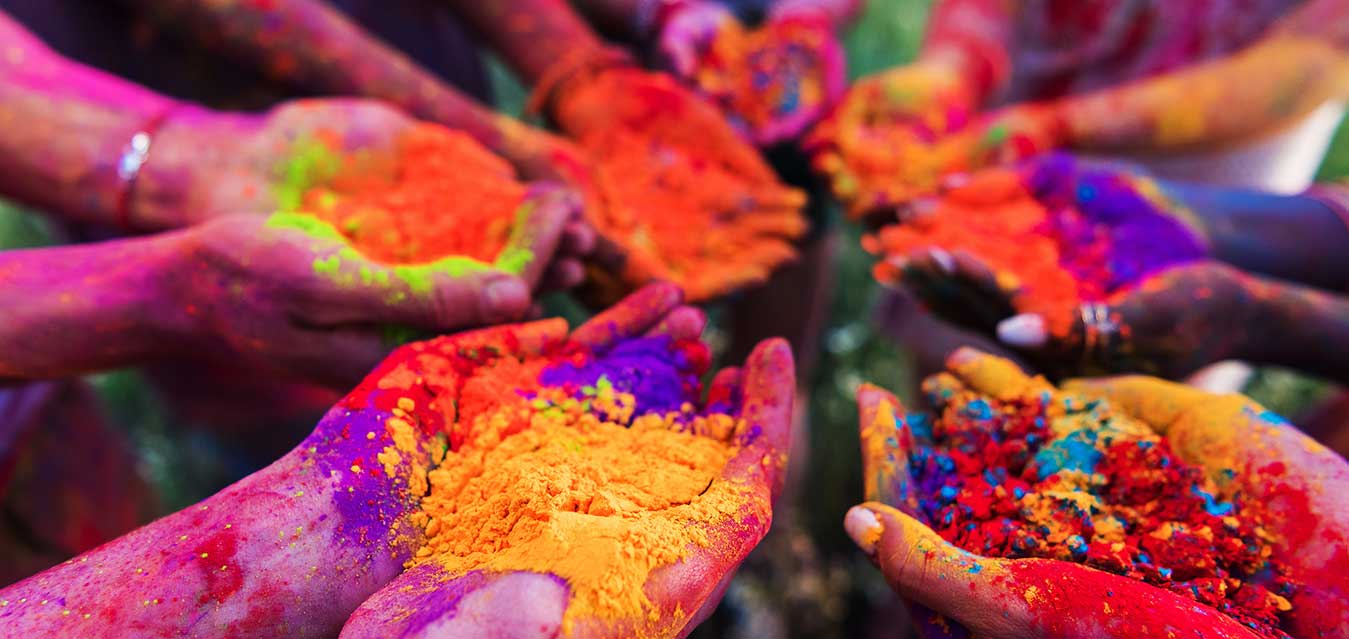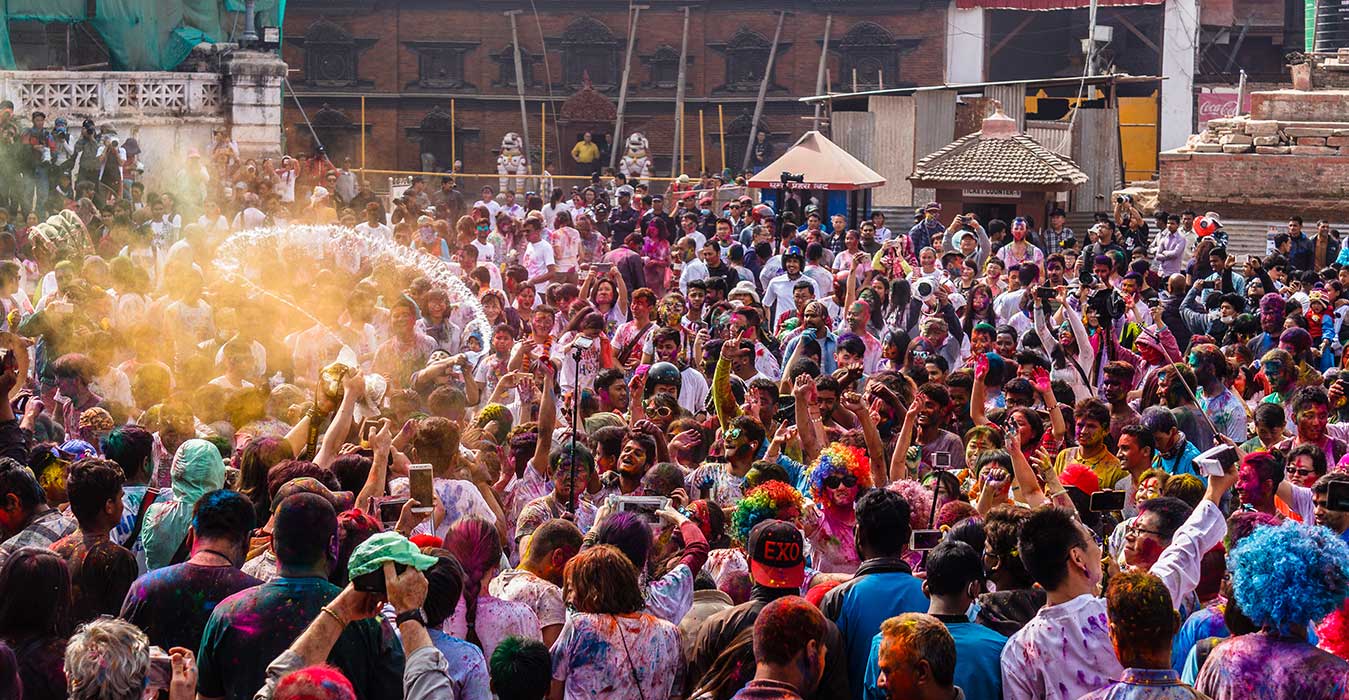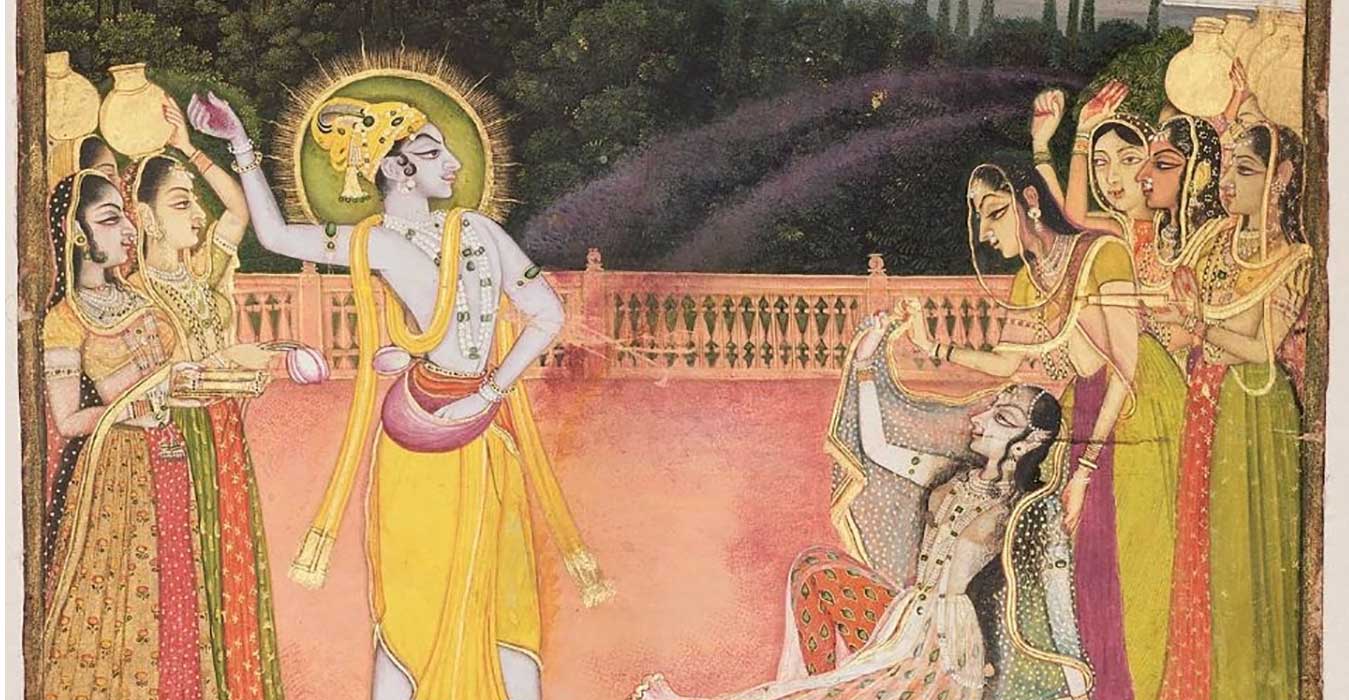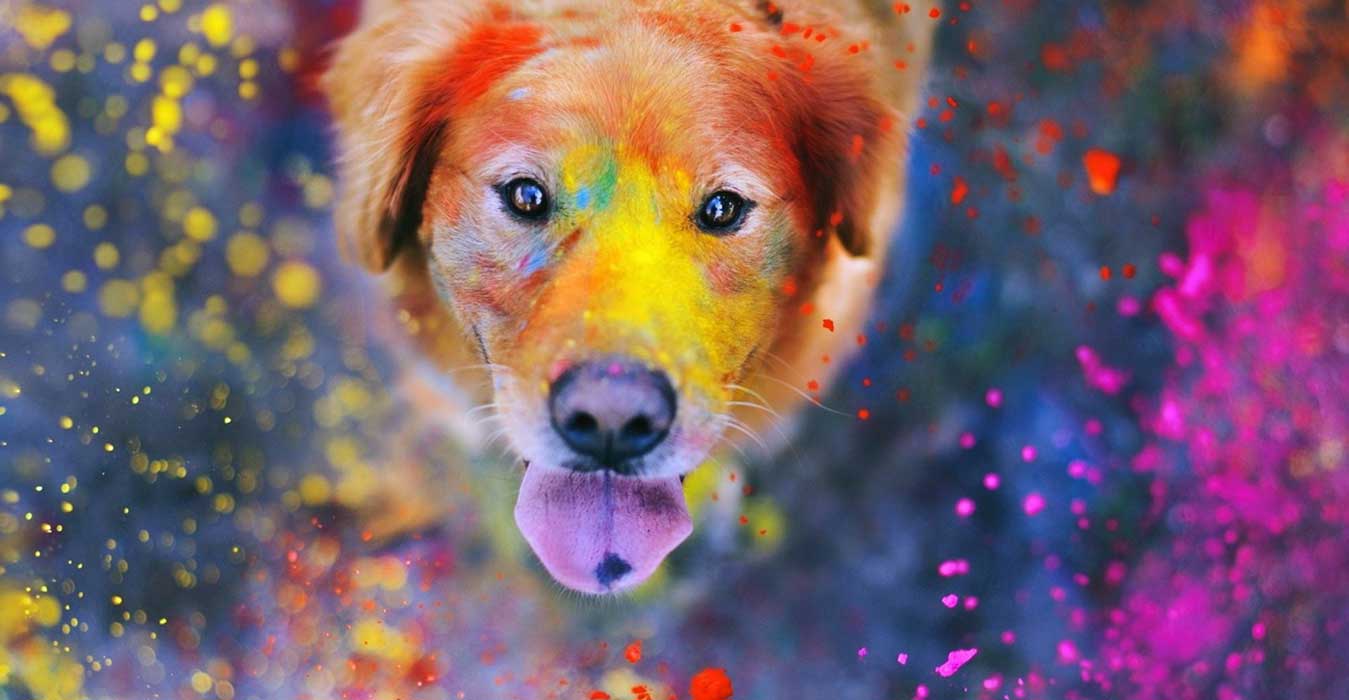
Let’s get acquainted with the upcoming Holi festival this very moment via today’s brightly colored blog. Circulating warmth and kindness in the atmosphere; Holi depicts love, affection, and mutual respect among humankind through vivid colors.
It is celebrated by Hindus all over the planet especially in Nepal and India. One of the greatly admired Hindu festivals, Holi blends the lively colors of happiness in the lives of ordinary Nepalese people.
Holi is more than just a mere family get-together as it possesses utter religious significance and represents the victory of good over evil. In addition, this blissful festival symbolizes the end of cold winter days and the long-awaited arrival of euphoric spring.
Holi is celebrated on the full moon day that falls on the month of Falgun, in between February and March. On this day, people visit each other to express benevolence and goodwill by applying colors on their faces.
Communities as a whole dance on the streets throw colored water and enjoy the entire day. From colleagues smearing colors on your face to amiable strangers advancing towards you with multicolored hands to smudge more pigments on you shouting “happy Holi”!! This festival substantially attracts children.
You’ll find children equipped with pichkari (a device used to sprinkle tinged water while celebrating the Holi festival) and Lola (water-filled balloon) to shower water on anyone they can find during this revelry.
You can run or hide but there’s no way to escape it!! When you observe tourists playing with natural dyes within the surrounding captivated by live music, dance, and party at Thamel Bazaar and Basantapur Durbar Square Complex; you’ll come to think Holi as a global festival which every individual can enjoy regardless of religion, gender and/or culture.

The tradition of celebrating the Holi festival retraces its steps back to ancient times. There are a handful of legends in Hindu mythology that explains the story behind the observance of the Holi celebration in Nepal. Some of the popular beliefs are illustrated below:
The demise of Holika:
Blessed with near to immortality boon from Lord Brahma; Hiranakashap, an evil ruler of demonic forces proclaimed himself a deity far himself better and stronger than any other god. In contrast, his son Prahlad was a devoted lord Bishnu worshipper.
Not only this fact annoyed Hiranakashap, but it also led him to devise the murder plan of his own child multiple times. According to one of his plans, he ordered his demon sister Holika to hold Prahlad then trick him to sit on a blazing pyre. As Holika was immune to fire, the demon king thought it was sufficient to kill Prahlad.
Due to limitless devotion towards Lord Bishnu, Prahlad was unharmed by the fire while the demoness was converted into ashes. People celebrated Holika Dahan (the end of Holika), which later came to be known as Holi.
Death of Puthana:
It is believed that when it was prophesied that the eighth child of Devaki (the sister of Kansa) will be the reason for Kansa’s death; the evil king tried to kill Lord Krishna many times. On one occasion, he hatched a plot in which he sent ogress named Puthana.
In the guise of a woman, Puthana laced the tip of her breast with poison and breastfeed Lord Krishna. Knowing the presence of evil, Lord Krishna sucked her life and brought the ogress to her end. Thus, Holi marks Putana’s demise and a triumph of goodness over wickedness.
Tales of Gopinis and Krishna:

After teased by his girlfriends (opinions) for the dark complexion, Lord Krishna repeatedly complained about it to his mother Yashodha. Then, Yashodha gave multiple dyes to Lord Krishna and asked him to throw them on the faces of opinions so they too would appear dark in skin color.
Krishna threw the colors on Gopinis who in turn liked the color game. From this point onwards, Holi is celebrated till the present time.
Dhundi and Boys:
Privileged with the supreme blessings from Lord Shiva, a terrible ogress named Dhundi started troubling children in the kingdom of Prithu. However, her evil deed bestows her with a curse that she was not immune to pranks and abuses of young boys.
At one time, few intoxicated boys took on her and begun launching abuses and tossing dirt on her. Because of the high intensity of the pranks, the ogress was extremely irritated and fled away from the realm. This myth contributes to the origin of Holi and its wild nature.
Krishna and Draupadi:
When the Kauravas tried to humiliate Draupadi by pulling her sari, Lord Krishna protected Draupadi by making her sari endless. It is often said that the day of Holi acknowledges the compassion of Lord Krishna towards Draupadi.
Still, traditions are followed in several places with bonfires burned at night to mimic these mythological occurrences. Nevertheless, a tall flag pole locally known as ‘Chir’ is erected at the Basantapur Durbar Square Complex (a world cultural heritage site since 1979) in Nepal.
Though a much-anticipated festival in Nepal; it too has some negative impact on the communities. Some individuals throw Lolas (water balloons) at the random people who are either uninterested or unfit enough to play Holi.
Similarly, intoxicated by alcoholic milkshake and sweets with ‘bhang some people involve themselves in criminal offenses, behave unsociably and drive their vehicles recklessly causing accidents that cause the death of innocent bystanders.
But at this Holi, government and related authorities have formulated some strict rules including fines and even jail sentence for unlawful activities. The numbers of these antisocial acts are near to zero in present years; however, such distasteful individual actions at the time of Holi should be strongly discouraged and condemned by everyone in the community.

As harmful chemicals present in inorganic dyes can cause future skin complications, please make use of skin-friendly dyes and colors to celebrate Holi 2019! Additionally, please avoid using colors on helpless animals, chiefly stray dogs.
Holy is meant for humans as they can rinse the color off their skin no matter what; it is not for animals that cannot wash off the dyes themselves ultimately affecting their health. Celebrate this holy responsibility amid your family and beloved ones in an environmentally friendly manner. In the end, wish you a safe Holi!!!
Leave Your Comment